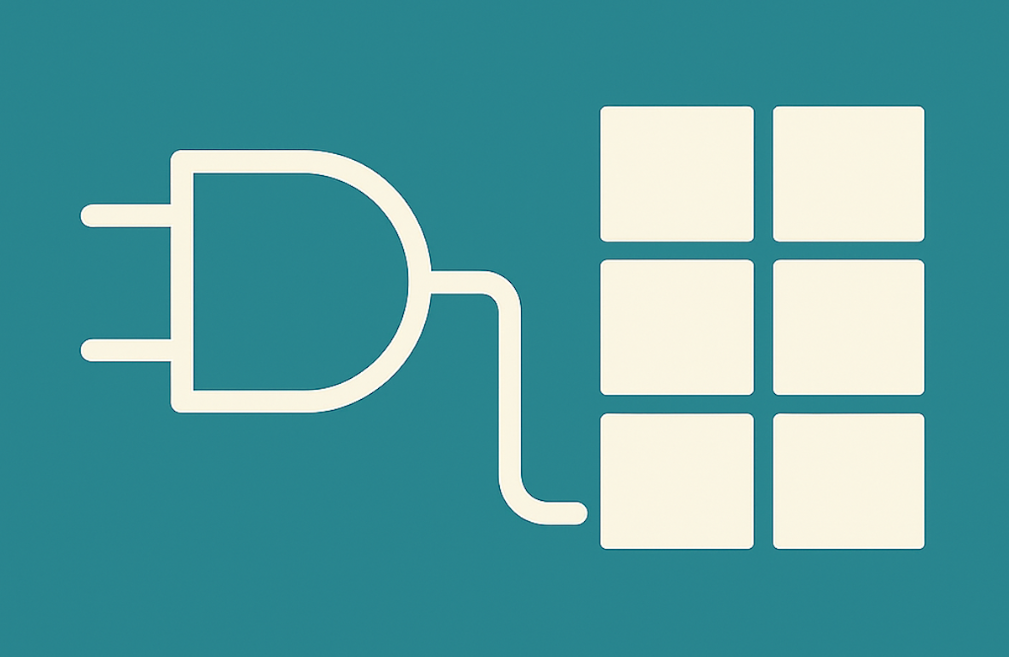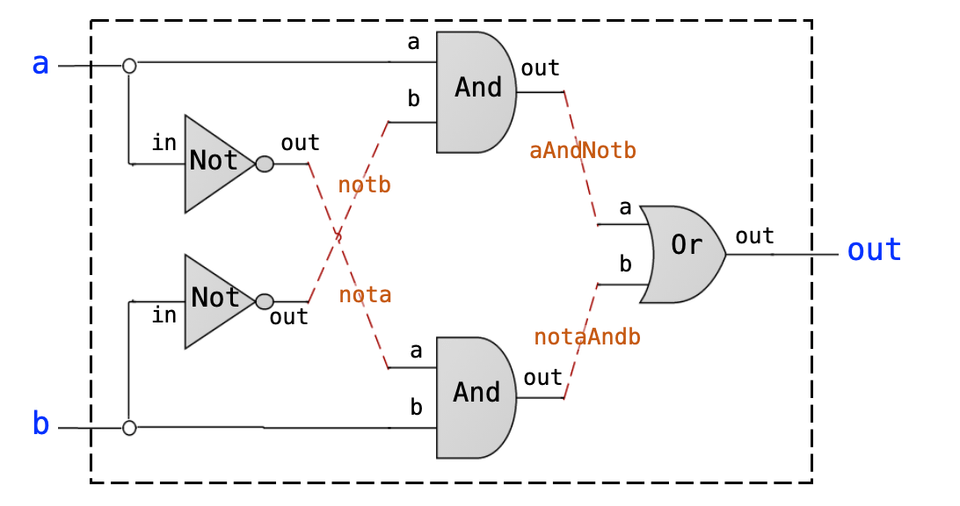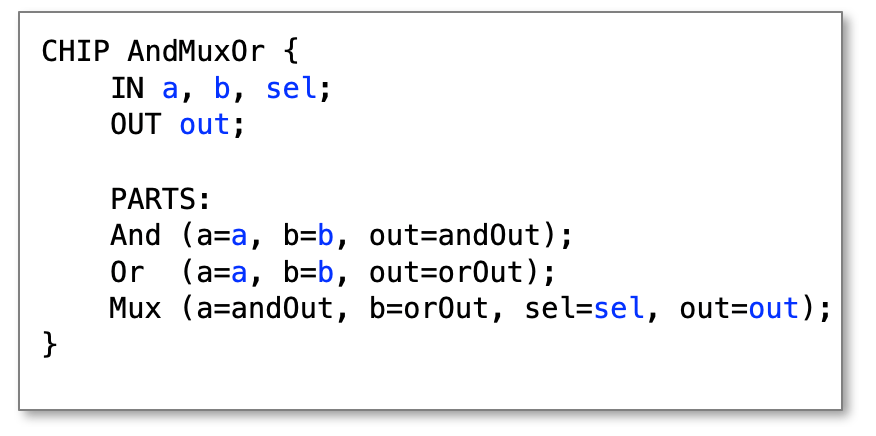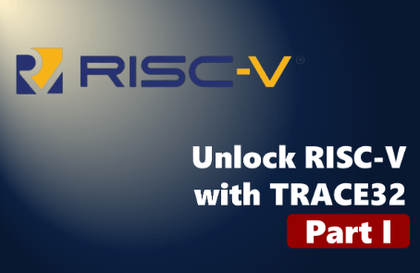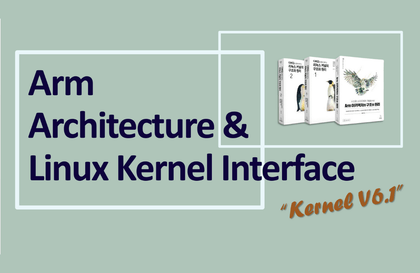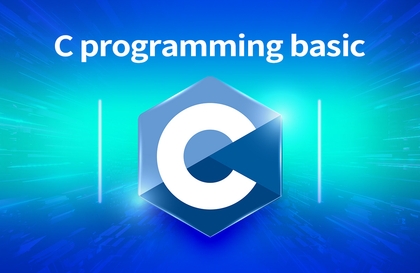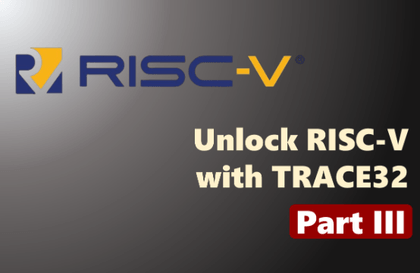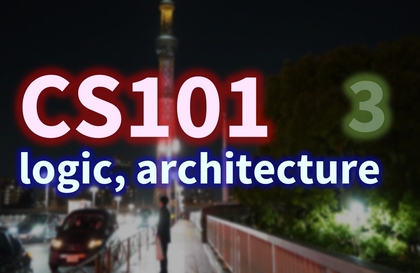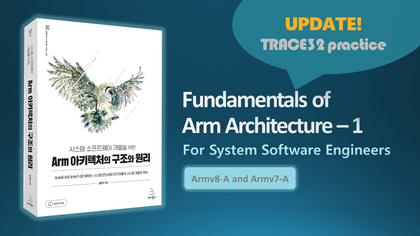
Structure and Principles of Arm Architecture for System Software Development - Part 1 Author's Direct Lecture (2024 Version)
austinkim
The author of "Arm Architecture: Structure and Principles for System Software Development" will properly guide you through the very foundation of system software and the core of the latest Arm architecture (Armv8-A, Armv7-A)!
초급
ARM Architecture, cortex-a, Embedded





